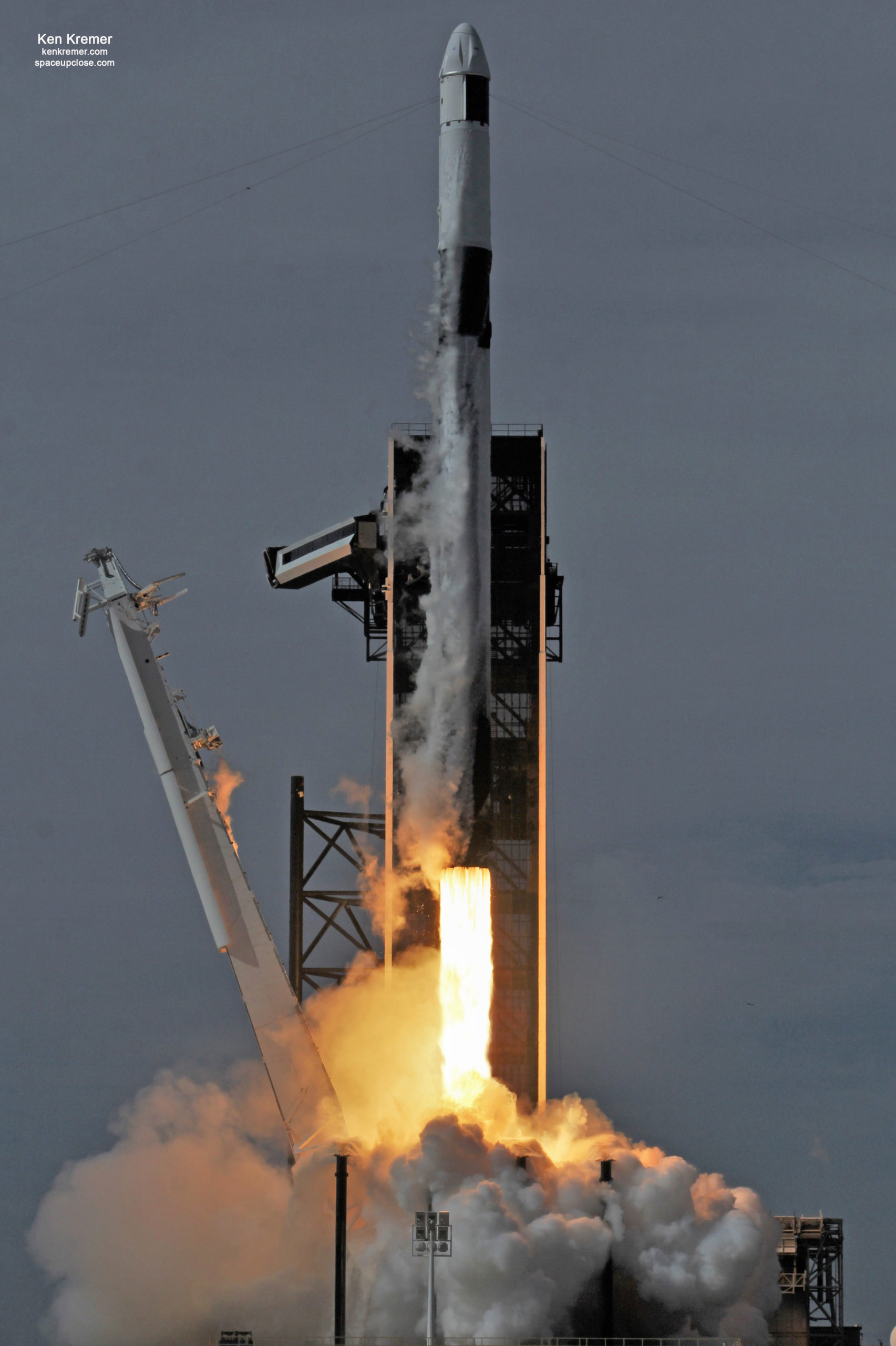
Ken Kremer – For SpaceUpClose.com & RocketSTEM
KENNEDY SPACE CENTER, FL – SpaceX launched the 1st of their upgraded Cargo Dragon spacecraft into gorgeous Sunday lunchtime skies over Florida’s Space Coast on a NASA contracted resupply mission hauling over 3 tons of NASA science and supplies and a new commercial airlock from Nanoracks to enhance research capabilities bound for the International Space Station (ISS) and the seven person crew living and working on board – after a days delay for poor weather conditions in the recovery area.
Cargo Dragon launched on a veteran 4x recycled ‘flight-proven’ Falcon 9 on the 21st Commercial Resupply Services mission, dubbed CRS-21, to the International Space Station, under the auspices of NASA’s commercial cargo program.
Liftoff of the SpaceX Falcon 9 rocket carrying the Cargo Dragon supply ship on the CRS-21 resupply mission to the ISS took place at 11:17 a.m. EST (1617 GMT), Sunday, Dec. 6, from seaside Launch Complex 39A on NASA’s Kennedy Space Center (KSC) in Florida.
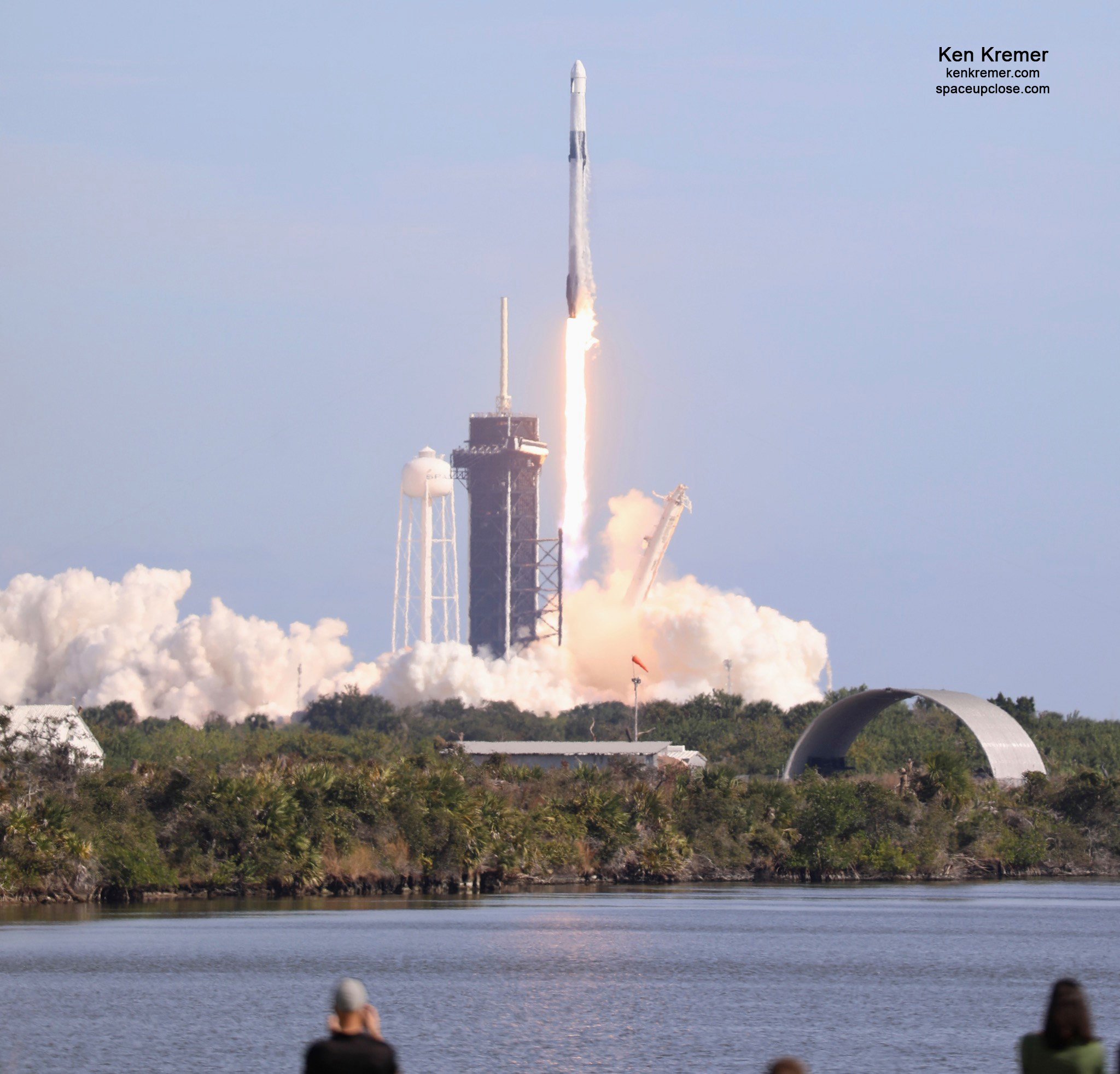
The Falcon 9 roared off pad 39A with 1.7 million pounds of thrust generated by 9 Merlin 1D engines into mostly clear skies and was easily visible for several minutes – to the delight of spectators ringing the Space Coast.
Among the science experiments are using microbes to mine asteroids, examining how changes in gravity affect the heart at the cellular and tissue level on tissue chips and the effect of microgravity on brain organoids.
Watch this SpaceX liftoff video from a helicopter tracking camera overhead:
Tracking footage from a helicopter of today’s Falcon 9 launch off LC-39A pic.twitter.com/7rYVZRTS18
— SpaceX (@SpaceX) December 7, 2020
The 215-foot-tall (65-meter) SpaceX Falcon 9 vaulted off pad 39A with Merlin first stage engines fueled by liquid oxygen and RP-1 kerosene on a northeasterly trajectory to the ISS
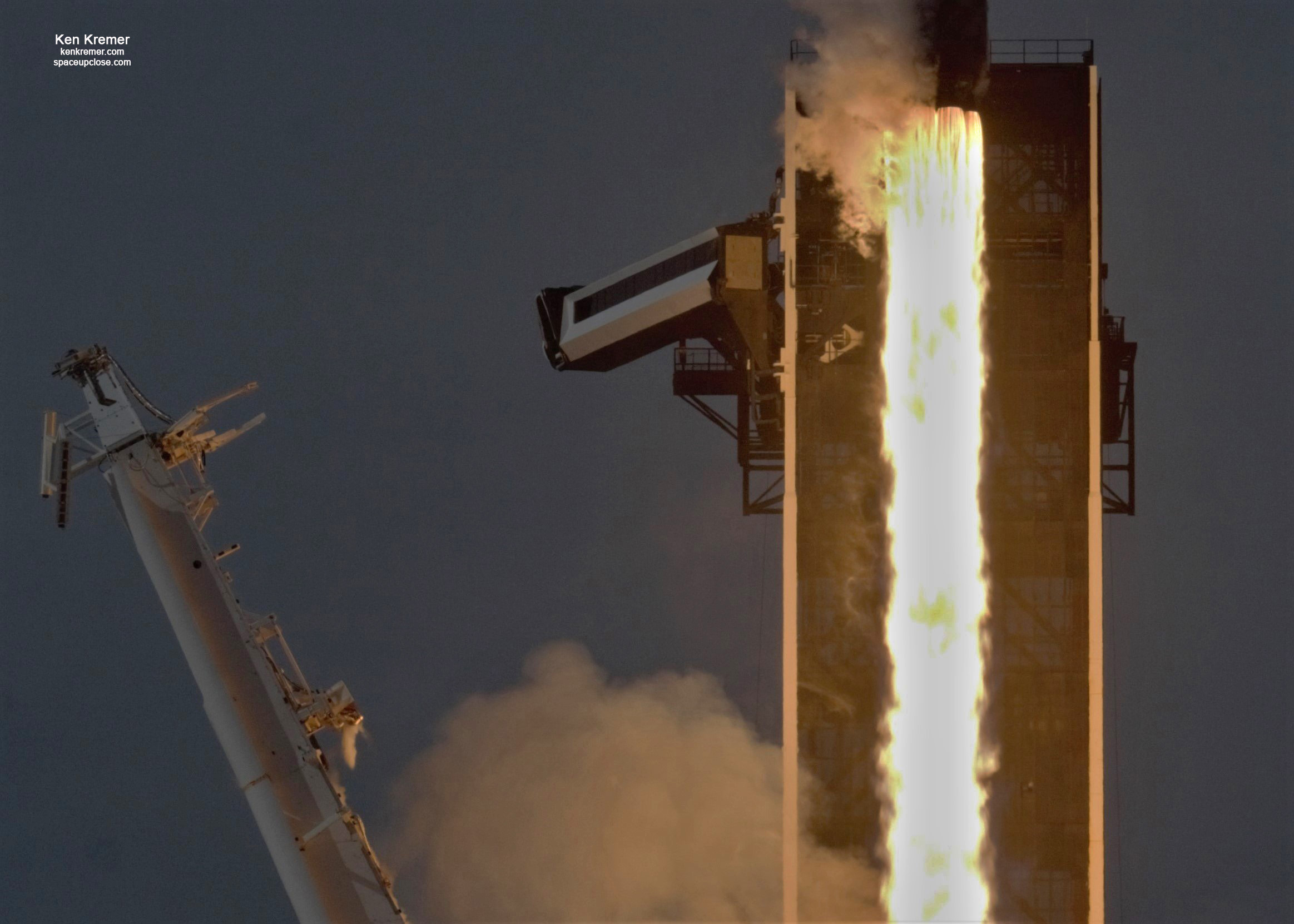
This latest SpaceX Dragon resupply spacecraft is on its way to the International Space Station and will deliver about 6,400 pounds of research and science investigations, the new and first privately funded commercial airlock, food, water, clothes, spacewalk gear, spare parts and other supplies and cargo to the Expedition 64 crew aboard the orbiting laboratory, says NASA.
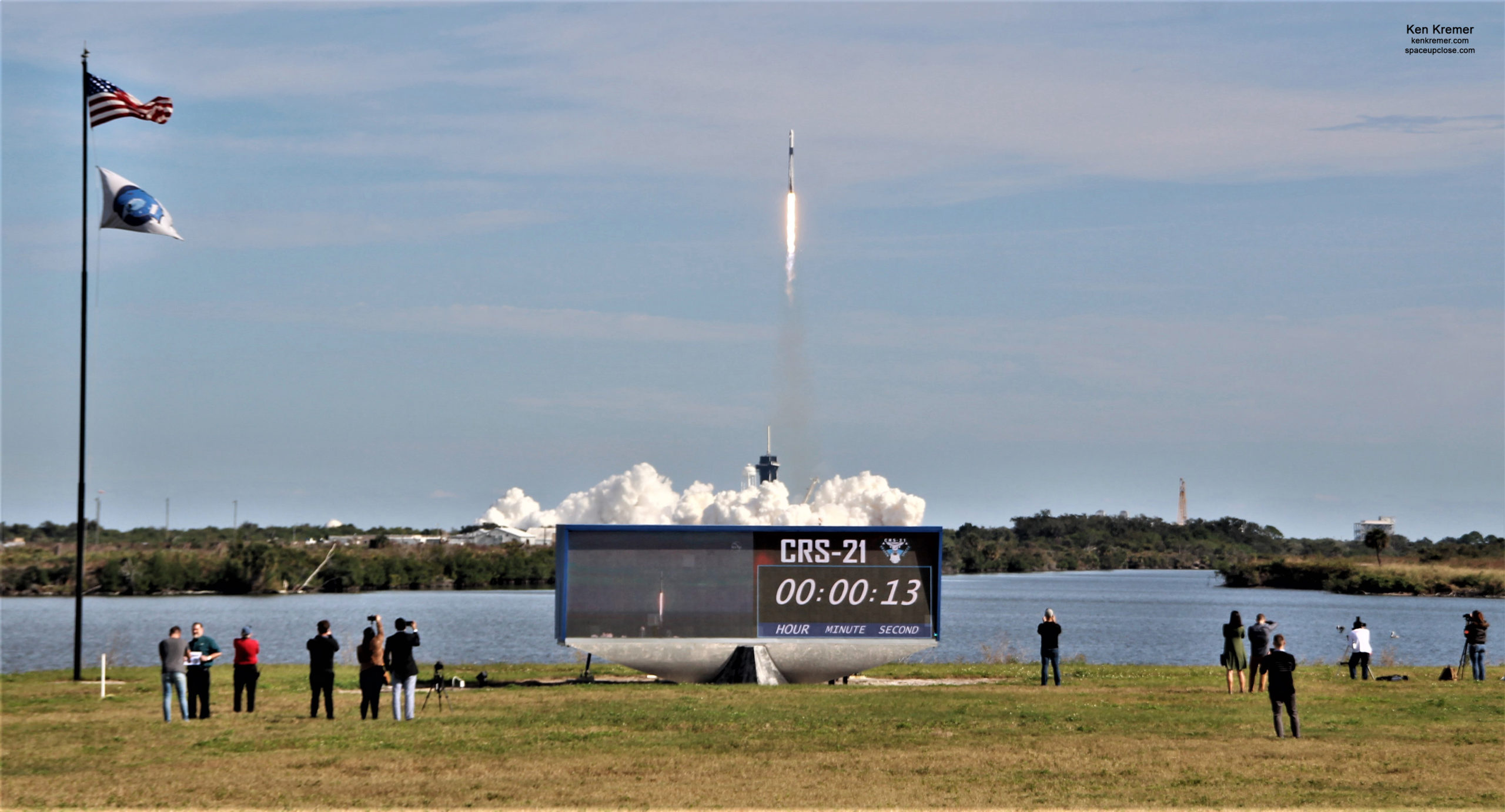
The stages separated as planned and the second stage fired for 6 minutes to propel the Cargo Dragon to orbit.
SpaceX tweeted a stunning view of the separation showing the commercial Nanoracks airlock filling nearly the entire exterior cargo volume
Dragon separation confirmed; the spacecraft is on its way to the @space_station. Autonomous docking tomorrow at approximately 1:30 p.m. EST pic.twitter.com/NJhm7q7PP7
— SpaceX (@SpaceX) December 6, 2020
Enjoy our Space UpClose launch and prelaunch photos of the SpaceX Falcon 9 and Cargo Dragon from pad 39A from onsite at the Kennedy Space Center (KSC) from the team of Ken Kremer and Jean Wright
Check back as the gallery grows.
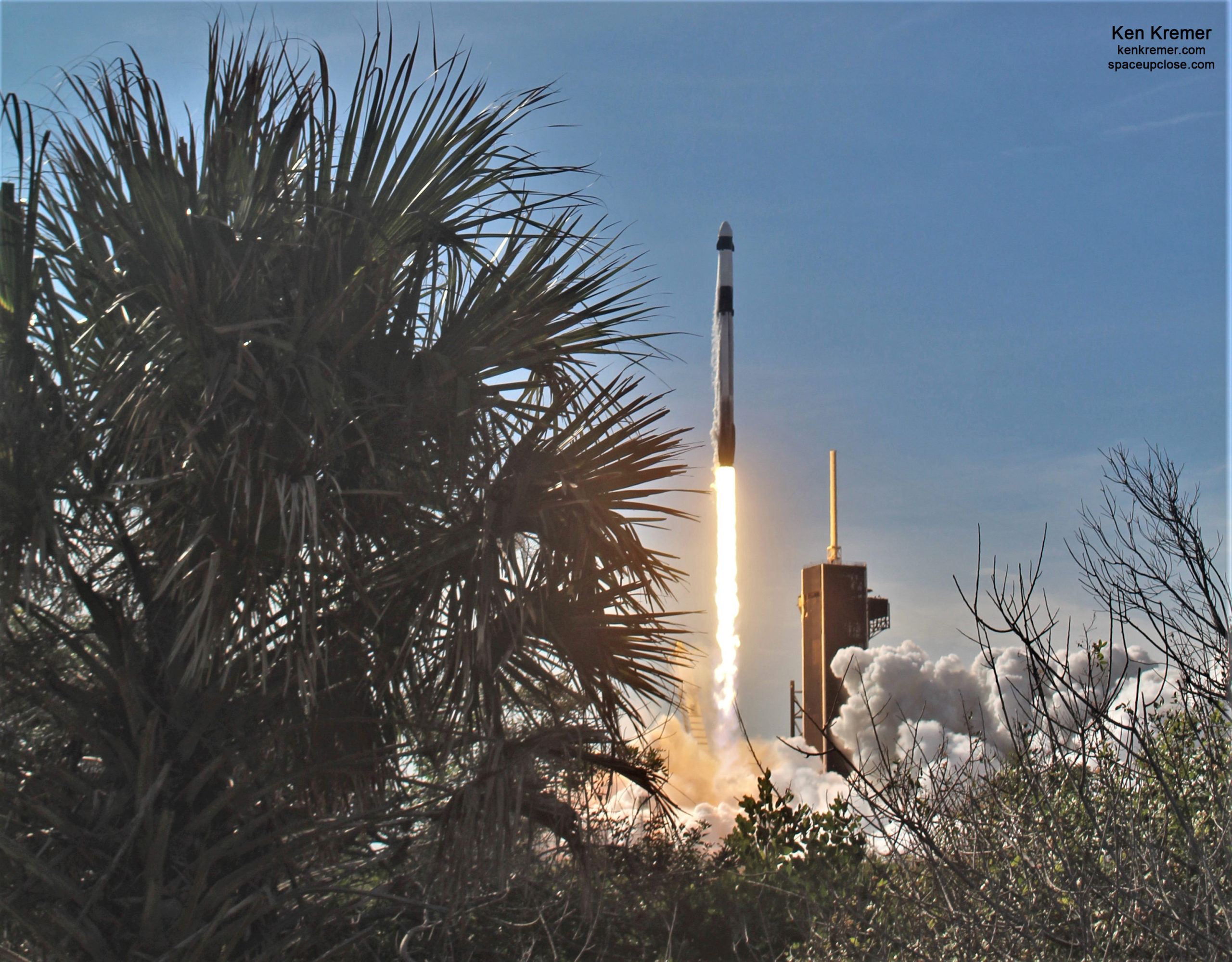
This 21st contracted resupply mission for SpaceX is the first flight of an upgraded Dragon design, similar to that of the Crew Dragon used to transport astronauts to and from the station. The upgraded spacecraft has double the capacity for powered lockers, with 12, which preserve science and research samples during transport to and from Earth. Science payloads now also can remain in the upgraded Dragon through the duration of the mission as an extension to the station’s lab space. Four powered payloads will reside in Dragon during this docked mission.
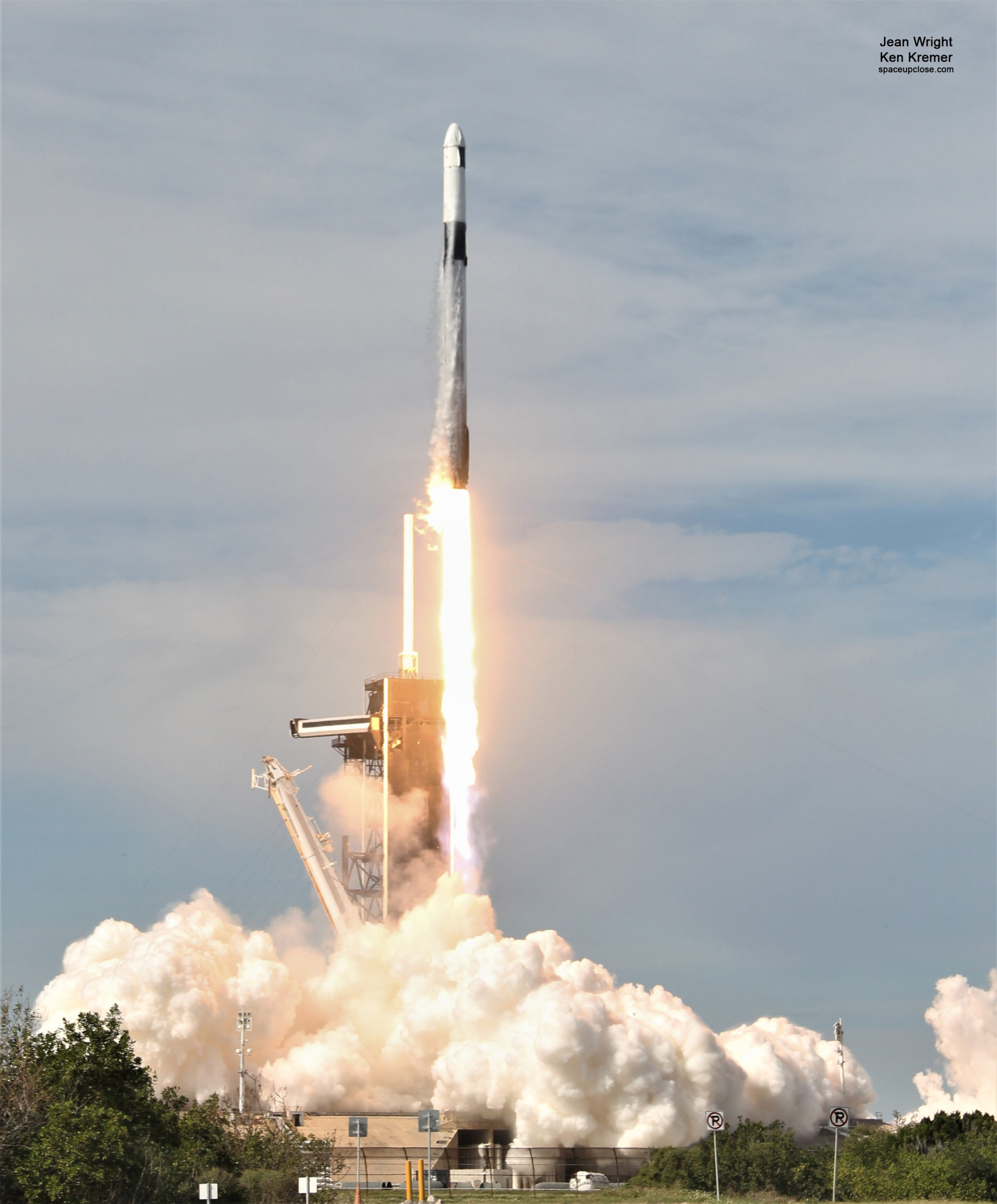
NASA SpaceX CRS-21 is actually a mission of many firsts:
The flight also marks the first time two Dragon will be docked to the ISS – including the SpaceX Crew 1 Crew Dragon Resilience that arrived in November. It will also be the first cargo Dragon to splash down in the Atlantic Ocean vs. the Pacific Ocean.
🚀 The @SpaceX resupply mission launching Sat., Dec. 5 will make history for many firsts, including the first time 2 Dragon spacecraft will be docked to the @Space_Station, & the first cargo Dragon to splash down in the Atlantic: https://t.co/PJGMhAsM58
Get to know more ⤵️⤵️⤵️ pic.twitter.com/1IemIuX1Rq
— NASA (@NASA) December 5, 2020
The NASA SpaceX CRS-21 Cargo Dragon is now scheduled to arrive at the space station around 1:30 p.m. Monday, Dec. 7.
Coverage of arrival will begin at 11:30 a.m. on NASA Television and the agency’s website.
It will perform the first autonomous rendezvous and docking of a Dragon cargo spacecraft for SpaceX to the Harmony module’s space-facing (zenith) port located adjacent to and perpendicular to the Crew Dragon vehicle at the ISS Dec. 7, about 26 hours after liftoff and remain at the station for about 35 days.
NASA Flight Engineers Kate Rubins and Victor Glover will be on duty early Monday to monitor the Cargo Dragon’s approach and rendezvous.
The duo will also be readying the Tranquility module for Dragon’s primary payload, the NanoRacks Bishop science airlock.
The privately funded Nanoracks Bishop Airlock is a new commercial platform 5 times bigger than the Japanese airlock on the Japanese Experiment Module (JEM) already in use. It will vastly increase the ability to deploy more cubesats and house externally mounted research payloads.
SpaceX also recovered the booster again – thereby setting up a fifth flight in the future
Following stage separation the first stage successfully soft landed on the ‘Of Course I Still Love You’ (OCISLY) droneship about eight and a half minutes after liftoff.
Falcon 9 booster has landed on the Of Course I Still Love You droneship pic.twitter.com/cNL6t0LQ0g
— SpaceX (@SpaceX) December 6, 2020
OCISLY was prepositioned and stationed some 400 miles downrange in the Atlantic Ocean off the Carolina’s coast.
CRS-21 counts as the first mission for the next generation SpaceX Cargo Dragon under NASA’s second Commercial Resupply Services contract. A total of at least nine are planned
CRS-21 will deliver some 6,553 pounds (2,972 kg) of supplies, equipment, and critical materials needed to support a variety of science and research investigations that will occur during Expeditions 64 and 65.
The total pressurized cargo is 4150 pounds (1882 kg).
The unpressurized payload comprising the Nanoracks Bishop commercial airlock is 2403 pounds (1090 kg) stowed in the trunk section.
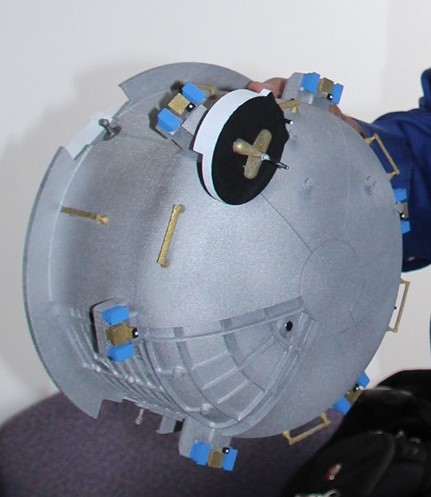
The Nanoracks Bishop Airlock “is a commercial platform that can support a variety of scientific work on the space station. Its capabilities include deployment of free-flying payloads such as CubeSats and externally-mounted payloads, housing of small external payloads, jettisoning trash, and recovering external Orbital Replacement Units. Roughly five times larger than the airlock on the Japanese Experiment Module (JEM) already in use on the station, the Bishop Airlock allows robotic movement of more and larger packages to the exterior of the space station, including hardware to support spacewalks.”
The airlock will be installed onto an open common berthing mechanism CBM on the Tranquility module Node 3 by astronauts using the SSRMS robotic arm.
Here’s a NASA description of some of the scientific investigations and gear Dragon is delivering to the space station:
Microbial meteorite miners
A mixture of meteorite samples and microbes are headed to the space station. Certain microbes form layers on the surface of rock that can release metals and minerals, a process known as biomining. A previous investigation from ESA (European Space Agency), BioRock, examined how microgravity affects the processes involved in biomining. ESA follows up on that work with BioAsteroid, which examines biofilm formation and biomining of asteroid or meteorite material in microgravity. Researchers are seeking a better understanding of the basic physical processes that control these mixtures, such as gravity, convection, and mixing. Microbe-rock interactions have many potential uses in space exploration and off-Earth construction. Microbes could break down rocks into soils for plant growth, for example, or extract elements useful for life support systems and production of medicines.
Examining changes in hearts using tissue chips
Microgravity causes changes in the workload and shape of the human heart, and it’s still unknown whether these changes could become permanent if a person lives in space more than a year. Cardinal Heart studies how changes in gravity affect the heart at the cellular and tissue level. The investigation uses 3D-engineered heart tissues, a type of tissue chip. Results could provide a new understanding of heart problems in patients on Earth, help identify new treatments, and support the development of screening measures to predict cardiovascular risk before spaceflight.
Counting white blood cells in space
HemoCue tests the ability of a commercially available device to provide quick and accurate counts of total and differentiated white blood cells in microgravity. Doctors commonly use the total number of white blood cells and five different types of white blood cells to diagnose illnesses and monitor a variety of heath conditions. Verification of an autonomous blood analysis capability on the space station could enhance health care on Earth and is an important step toward meeting the health care needs of crew members on future missions.
Building with brazing
SUBSA-BRAINS examines differences in capillary flow, interface reactions, and bubble formation during the solidification of brazing alloys in microgravity. Brazing is a type of soldering used to bond materials, such as an aluminum alloy to aluminum or aluminum alloy to ceramics, at high temperatures. The technology could serve as a tool for in-space construction of human habitats and vehicles on future space missions, as well as for repairing damage caused by micrometeoroids or space debris.
A new and improved door to space
Launching in the trunk of the Dragon capsule, the Nanoracks Bishop Airlock is a commercial platform that can support a range of scientific work on the space station. Its capabilities include deployment of free-flying payloads such as CubeSats and externally mounted payloads, housing small external payloads, jettisoning trash, and recovering external Orbital Replacement Units. ORUs are modular components of the station that can be replaced when needed, such as pumps and other hardware. Roughly five times larger than the airlock on the Japanese Experiment Module already in use on the station, the Bishop Airlock allows robotic movement of more and larger packages to the exterior of the space station, including hardware to support spacewalks. It also provides capabilities such as power and ethernet required for internal and external payloads.
Your brain on microgravity
The Effect of Microgravity on Human Brain Organoids study observes the response of brain organoids to microgravity. Small living masses of cells that interact and grow, organoids can survive for months, providing a model for understanding how cells and tissues adapt to environmental changes. Organoids grown from neurons or nerve cells exhibit normal processes such as responding to stimuli and stress. Therefore, organoids can be used to look at how microgravity affects survival, metabolism, and features of brain cells, including rudimentary cognitive function.
These are just a few of the hundreds of investigations currently being conducted aboard the orbiting laboratory in the areas of biology and biotechnology, physical sciences, and Earth and space science. Advances in these areas will help keep astronauts healthy during long-duration space travel and demonstrate technologies for future human and robotic exploration beyond low-Earth orbit to the Moon and Mars through NASA’s Artemis program.
….
Watch my Dec 7 interview on WFTV Ch 9 ABC News Orlando about launch of upgraded Crew Dragon to ISS and about the significance of the commercial research Bishop airlock provided by Nanoracks :
“Second SpaceX Dragon spacecraft docks at ISS”
https://www.wftv.com/video/?id=164c52d1-0615-42e0-8095-758b289b678c
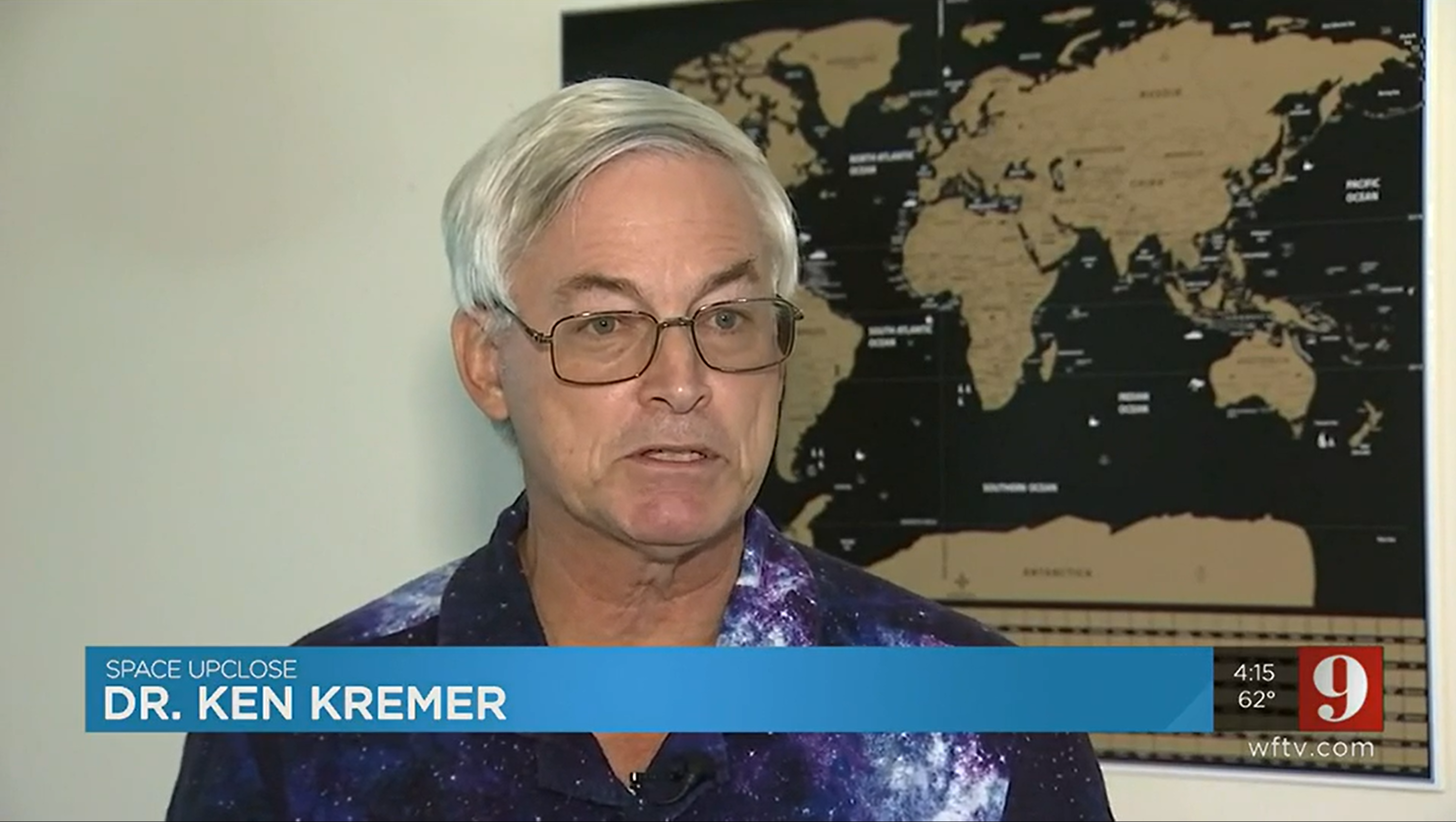
My interview about competitor Sierra Nevada Corp Dream Chaser space plane resupply mission to ISS featured on Spectrum News 13 Orlando on Dec 4.
Watch Ken’s continuing reports about SpaceX Cargo and Crew Dragons, Starlink, Commercial Crew and Artemis and onsite for live reporting of upcoming and recent SpaceX and ULA launches including Crew-1, Starlink, X-37B, Solar Orbiter, Mars 2020, NRO spysats and more at the Kennedy Space Center and Cape Canaveral Space Force Station.
Stay tuned here for Ken’s continuing Earth and Planetary science and human spaceflight news: www.kenkremer.com –www.spaceupclose.com – twitter @ken_kremer – email: ken at kenkremer.com
Dr. Kremer is a research scientist and journalist based in the KSC area, active in outreach and interviewed regularly on TV and radio about space topics.
………….
Ken’s photos are for sale and he is available for lectures and outreach events
Please consider supporting Ken’s work by donating at Patreon:
https://www.patreon.com/kenkremer
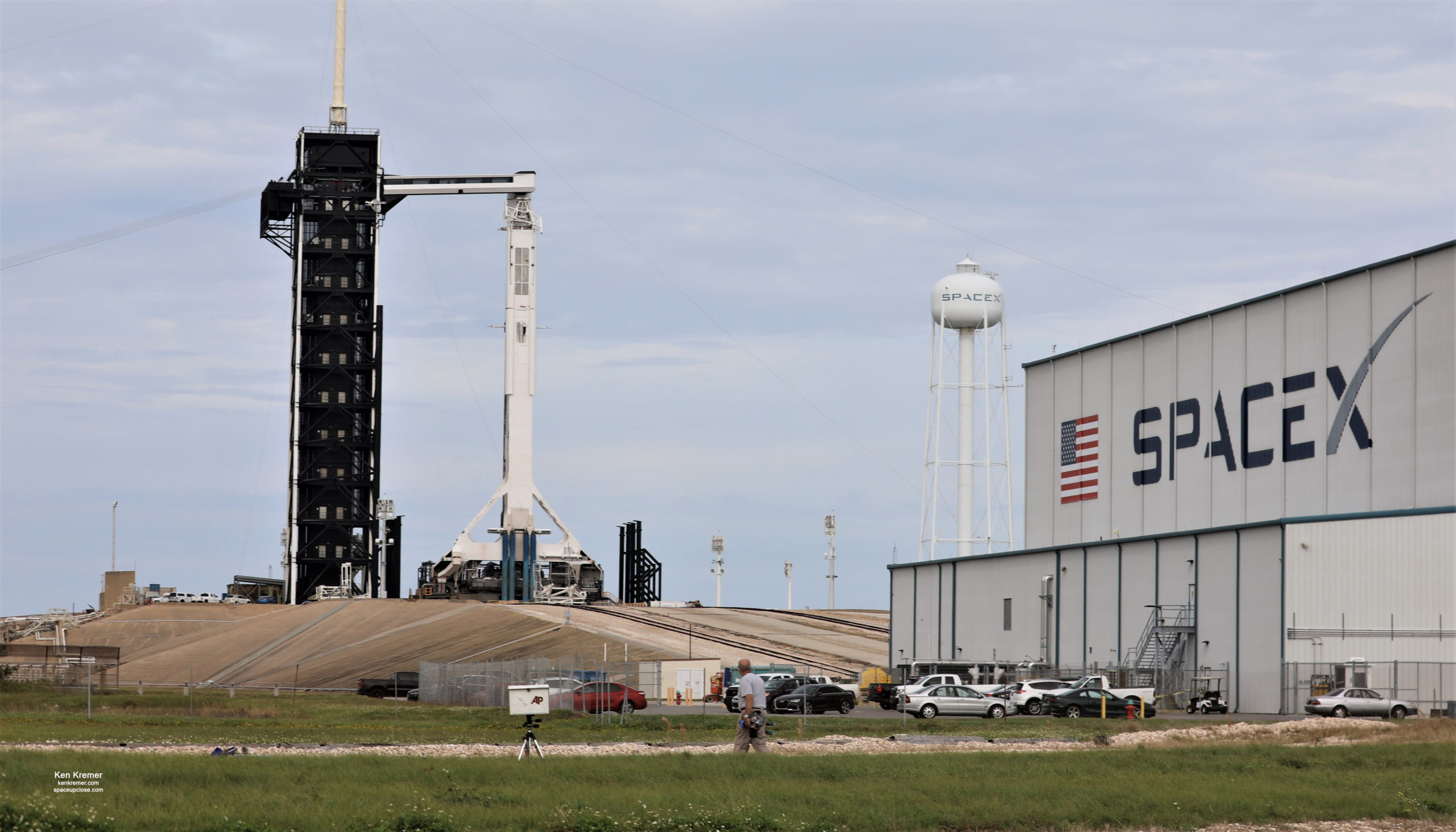
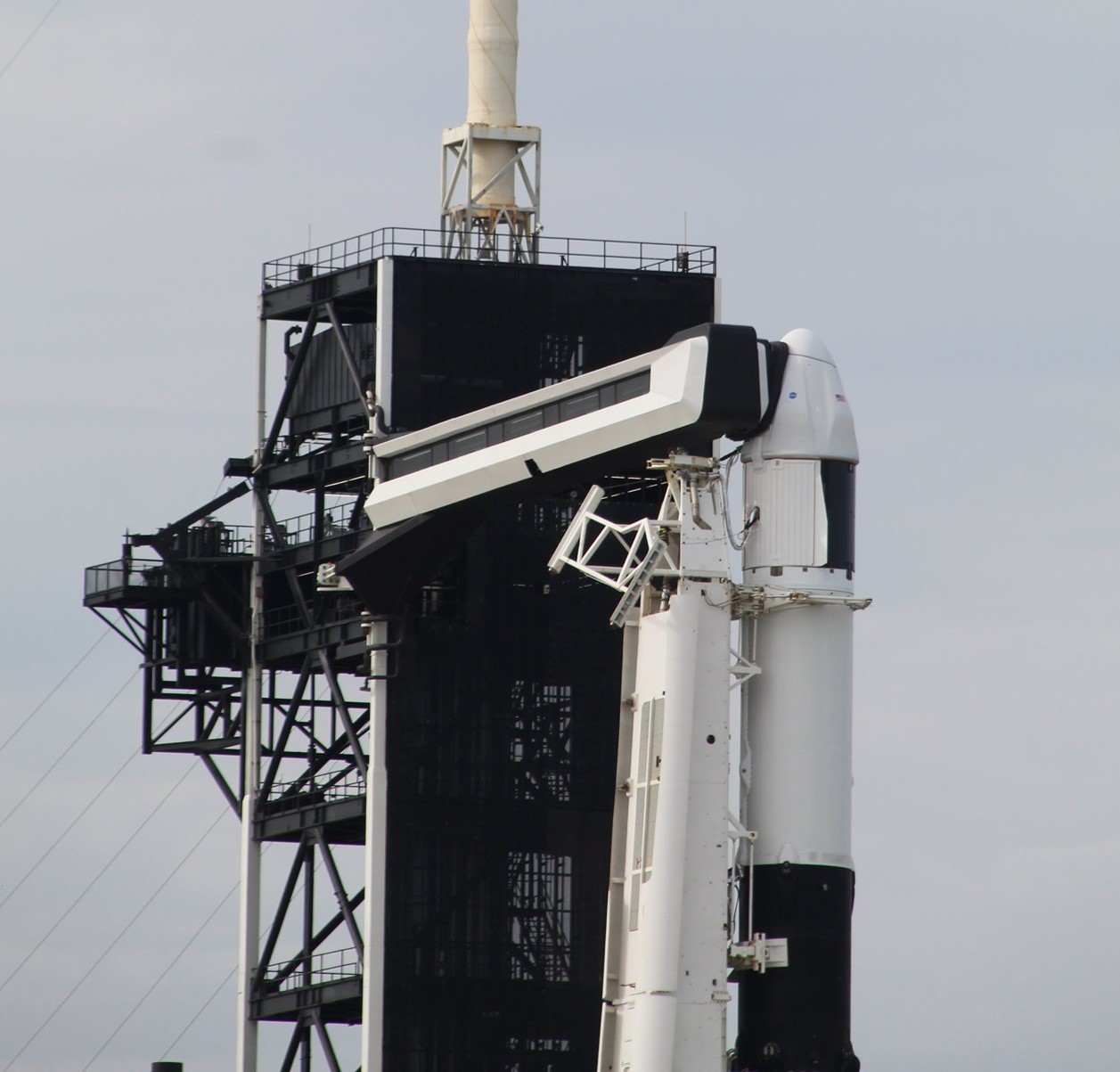
x



